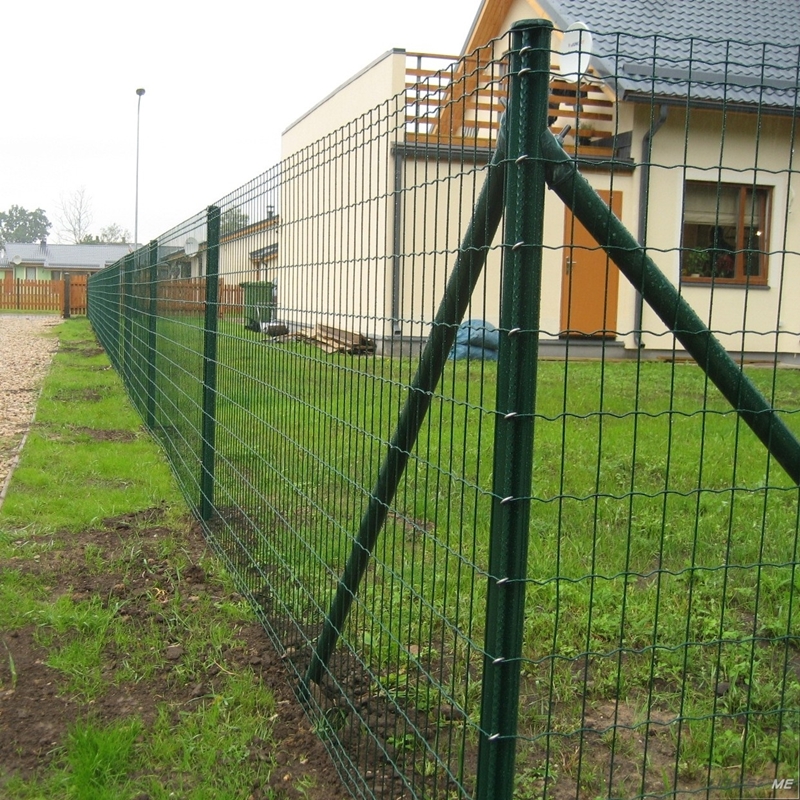Dec . 19, 2024 00:02 Back to list
China Chain Link Temporary Fencing Manufacturer for Secure and Convenient Solutions
The Rise of China’s Chain Link Temporary Fence Manufacturing Industry
In recent years, China has emerged as a global leader in the manufacturing of temporary fencing solutions, particularly chain link temporary fences. These versatile barriers are essential for numerous applications ranging from construction sites and events to security perimeters. This article will explore the various aspects of China's chain link temporary fence factory industry, highlighting its growth, manufacturing processes, and impact on the global market.
The Growing Demand for Temporary Fencing
The demand for temporary fencing solutions has been steadily increasing due to the rapid growth of urban construction and event management industries. In crowded urban areas, the need for secure boundaries that can be easily installed and removed has become paramount. Chain link temporary fences offer an ideal solution as they provide visibility while ensuring safety and security. They are widely used in construction sites to protect workers and pedestrians, at outdoor events to manage crowds, and in various situations where secure boundaries are necessary.
China’s Competitive Edge
China's chain link temporary fence factories have gained a competitive edge due to several factors. One of the primary advantages is cost-effectiveness. With a robust supply chain and access to raw materials, Chinese manufacturers can produce high-quality fences at a lower cost than many Western counterparts. Additionally, the scale of production in China allows factories to benefit from economies of scale, further reducing costs for international buyers.
Furthermore, China's manufacturing capacity is remarkable. Many factories operate 24/7, employing advanced machinery and automation technologies that significantly enhance production speed and efficiency. This enables them to meet large orders within short timeframes, an essential factor for industries that require quick turnaround times.
Manufacturing Process
The typical manufacturing process of chain link temporary fences in China involves several key steps
china chain link temporary fence factory

2. Mesh Production The steel wires are processed to create the chain link mesh. This involves weaving the wires into a diamond-shaped pattern, which provides strength and flexibility.
3. Frame Manufacturing The fence sections are framed using steel pipes that are cut to size. These frames provide structural support and can be easily linked together.
4. Coating and Finishing Most chain link fences undergo a coating process, such as galvanization or PVC coating, to enhance durability and resistance to rust and corrosion. This step is crucial, especially for fences intended for outdoor use.
5. Quality Control Rigorous quality checks ensure that each fence meets specific standards, ensuring durability and safety.
6. Packaging and Shipping Finally, the finished products are packed efficiently for shipping, ensuring they arrive at their destination in perfect condition.
Sustainability Efforts
With growing global concerns regarding sustainability, many chain link temporary fence factories in China are implementing eco-friendly practices. This includes the use of recyclable materials, reducing waste during production, and adopting environmentally friendly coatings. These efforts not only meet international standards but also cater to the evolving preferences of environmentally conscious consumers.
Conclusion
China's chain link temporary fence manufacturing industry is a testament to the country’s industrial capabilities and commitment to quality. With an increasing demand for temporary fencing solutions globally, China stands ready to meet this challenge with its cost-effective production, advanced manufacturing technologies, and a focus on sustainability. As events and construction projects continue to proliferate worldwide, the reliance on temporary fencing solutions will undoubtedly grow, solidifying China's position as a leading supplier in this essential market. This growth reflects not just the economic vitality of the sector but also showcases the innovation and resilience of Chinese manufacturing on the global stage.
-
Hop Dipped Galvanized/PVC Coated Temporary Fence - Anping County Xingzhi Metal Wiremesh Products Co., Ltd.|Temporary Fencing Solutions, Durable Security Products
NewsJul.30,2025
-
Hop Dipped Galvanized/PVC Coated Temporary Fence-Anping Xingzhi|Durability&Cost-Effective
NewsJul.30,2025
-
Hop-Dipped Galvanized PVC Fence - Anping Xingzhi | Durable, Quick Deployment
NewsJul.30,2025
-
Hop Dipped Galvanized/PVC Coated Temporary Fence - Anping County Xingzhi|Temporary Fencing, Durable Security, Customization
NewsJul.30,2025
-
Hop Dipped Galvanized PVC Coated Temporary Fences - Anping County Xingzhi|Durable Corrosion Resistance, Quick Installation
NewsJul.30,2025
-
Hop Dipped Galvanized / PVC Coated Temporary Fence - Anping County Xingzhi Metal Wiremesh Products Co., Ltd|Durable Temporary Fencing&Versatile Applications
NewsJul.30,2025



